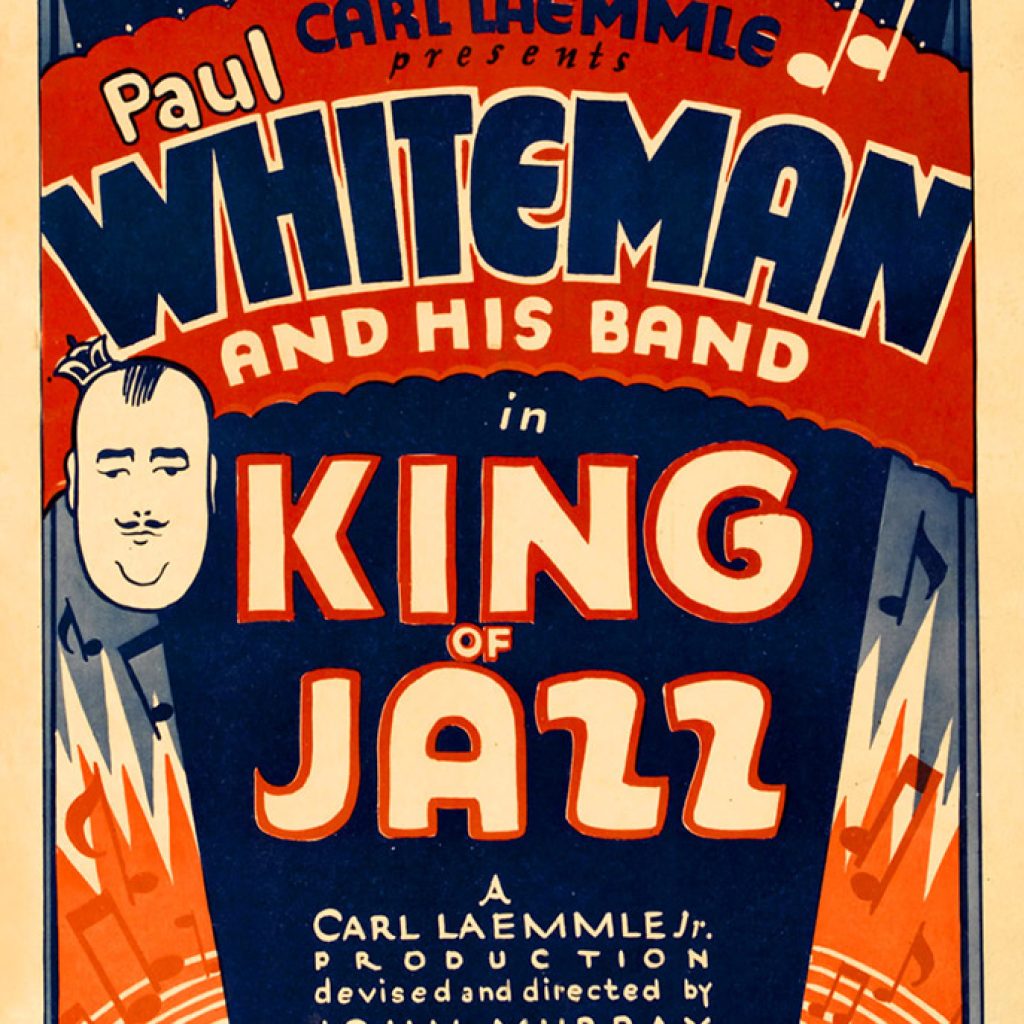By the end of the 1920s, Paul Whiteman was the biggest name in the music business, with press notices referring to him as the “King of Jazz.”
Born in Denver in 1890, Whiteman was raised in serious music by his father Wilberforce, director of music for the Denver Public Schools. As a student at East High School, he learned viola and started in 1916 with the Denver Symphony Orchestra as first chair. He formed the Paul Whiteman Orchestra in 1918. The nine-piece ensemble had relocated in New York City by 1920; it played the Palais Royal for the next four years—the earliest dance band from the West to take the East Coast by storm. In 1924, Whiteman staged a concert blending symphonic music and jazz at Aeolian Hall, New York’s temple of classical music. George Gershwin, playing piano, introduced “Rhapsody in Blue,” which became Whiteman’s theme song. Whiteman had the country’s largest and best-paid dance orchestra, an imposing ensemble of up to 35 musicians. Sidemen included many greats and future bandleaders—Bix Beiderbecke, Tommy and Jimmy Dorsey, Johnny Mercer and Jack Teagarden. Bing Crosby’s first three No. 1 records came as Whiteman’s vocalist. Whiteman had 28 No. 1 records during the Roaring Twenties. He was on the air while live radio programming increased in popularity, and and the band made The King of Jazz for Universal Pictures in 1930, one of the first feature-length movies filmed entirely in Technicolor. Whiteman died in a Pennsylvania hospital in 1967 at the age of 77.


